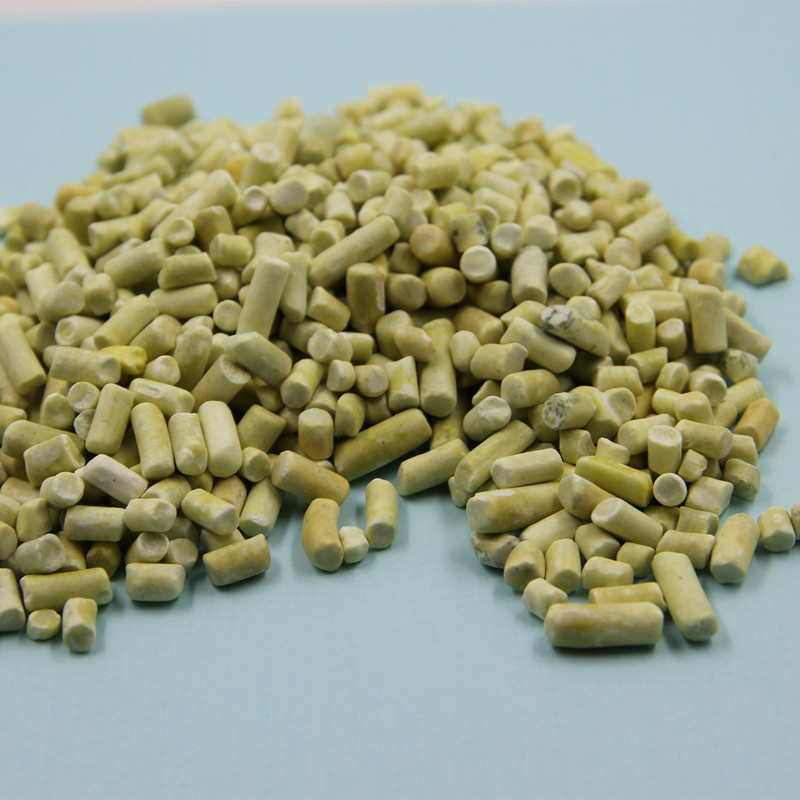Xanthate salts are produced by the reaction of an alkoxide salt with carbon disulfide.
The reaction involves the attack of the alkoxide nucleophile on the electrophile CS2. Often the alkoxide is generated in situ by treating the alcohol with sodium or potassium hydroxide:
ROH + CS2 + KOH → ROCS2K + H2O
For example, sodium ethoxide gives sodium ethyl xanthate. Many alcohols can be used in this reaction. Technical grade xanthate salts are usually of 90–95% purity. Impurities include alkali-metal sulfides, sulfates, trithiocarbonates, thiosulfates, sulfites, or carbonates as well as residual raw material such as alcohol and alkali hydroxide. These salts are available commercially as powder, granules, flakes, sticks, and solutions are available.
Some commercially important xanthate salts include:
sodium ethyl xanthate CH3CH2OCS2Na
potassium ethyl xanthate, CH3CH2OCS2K
sodium isopropyl xanthate, (CH3)2CHOCS2Na
sodium isobutyl xanthate, (CH3)2CHCH2OCS2Na
potassium amyl xanthate, CH3(CH2)4OCS2K

Copyright © 2021 Y&X Beijing Technology Co., Ltd. | All Rights Reserved